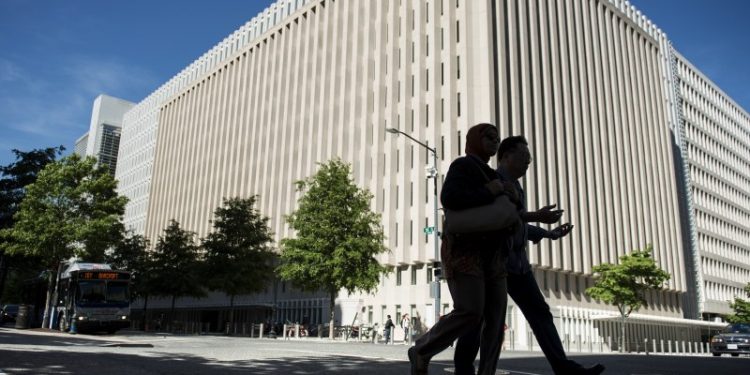Washington: Money transfers to poor and developing countries hit a fresh record in 2018 and should become their largest source of external financing this year, the World Bank said Monday.
But many banks and money transfer operators charged too much, cutting into the gains of migration, the bank said in a statement.
Migrant workers and others sent home an estimated USD 529 billion to low- and middle-income countries last year, up 9.6 per cent from the year before, which had also been a record.
Such money transfers should hit USD 550 billion this year, making them the largest source of external finance, according to the bank.
Money transfers were up 12 per cent to USD 131 billion for South Asia and almost seven per cent for East Asia, reaching USD 143 billion. Sub-Saharan Africa saw a 10 per cent increase at USD 46 billion, according to the bank.
The United States economy grew strongly while outbound flows from Gulf countries and Russia also rose, according to the bank, which said explained much of the gains.
Excluding China, the remittances amounted to USD 462 billion, significantly more than foreign direct investment over the period, which stood at USD 344 billion.
Among development goals set by the United Nations in 2015 was reducing the cost of remittances to three per cent.
However, banks on average were charging 11 per cent in the first quarter of 2019 while post offices charged seven per cent.
“The high costs of money transfers reduce the benefits of migration,” Dilip Ratha, the report’s lead author, said in a statement.
“Renegotiating exclusive partnerships and letting new players operate through national post offices, banks and telecommunications companies will increase competition and lower remittance prices.”
AFP






































